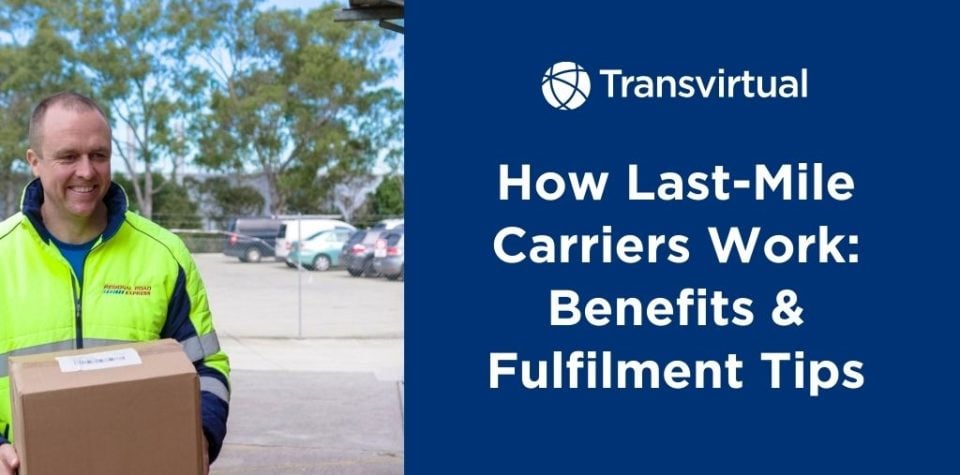When customers order online, they’re not thinking about shipping hubs or freight routes. They’re waiting for a knock on the door or that parcel on their doorstep.
The company responsible for fulfilling this critical final step is known as a last mile carrier. How they perform shapes the entire delivery experience.
For ecommerce businesses, retailers, and couriers, this stage is more than a logistical detail. It’s where consumers judge reliability, speed, and overall customer satisfaction.
What is a Last Mile Carrier?
A last mile carrier manages the final leg of transportation, making sure parcels reach their destination on time. These services handle the common logistical challenges of urban congestion, fluctuating demand, and shipment verification.
In New Zealand, well-known providers include NZ Post, CourierPost, Aramex (Fastway), Mainfreight, and Post Haste. Alongside these national carriers, smaller regional couriers play an essential role, particularly in fast-growing ecommerce hubs like Auckland, Wellington, and Christchurch.
How it Works
As a seller, you hand parcels to a last mile carrier who collects from your warehouse or fulfilment centre. The carrier then manages delivery to your customer, providing tracking updates and proof of delivery along the way.
Work Seamlessly with Last Mile Carriers and Enhance the Last Mile Delivery Experience
The last mile is where speed, visibility, and communication make the biggest difference. A carrier’s ability to handle these areas decides whether the delivery builds trust or frustrates the customer.
Tailor speed to your products. Perishables and pharmaceuticals require same-day delivery, while electronics or furniture allow for longer windows. Larger carriers such as NZ Post and Aramex use regional depots to reduce transit times, while smaller couriers step in to cover high-demand local routes.
Tracking as more than a checkbox. Customers now expect real-time notifications, delivery windows they can trust, and proof that a package has arrived at the right location. Ecommerce businesses use the same data to verify shipments and measure carrier performance.
Communication to prevent churn. From traffic delays to demand spikes, proactive updates keep customers informed. Options like rescheduling or alternate drop-offs can turn a failed delivery into a completed one.
Improving Last Mile Delivery
The last mile presents challenges, but technology has made it easier to manage. Platforms that provide access to route optimisation, shipment verification, and real-time tracking help reduce delays and improve efficiency.
Transvirtual’s platform is one example. It gives businesses the ability to manage carriers, monitor performance, and improve the delivery experience through better control and clearer communication.
If you’re a shipper, Transvirtual’s Carrier Directory provides direct access to a network of last mile carrier, from major players to smaller regional couriers. That means you can match each shipment to the right service, manage demand spikes, and avoid delays by switching between carriers as needed.
For carriers, it creates opportunities to connect with more retailers and ecommerce businesses, making sure their services are visible and competitive.



